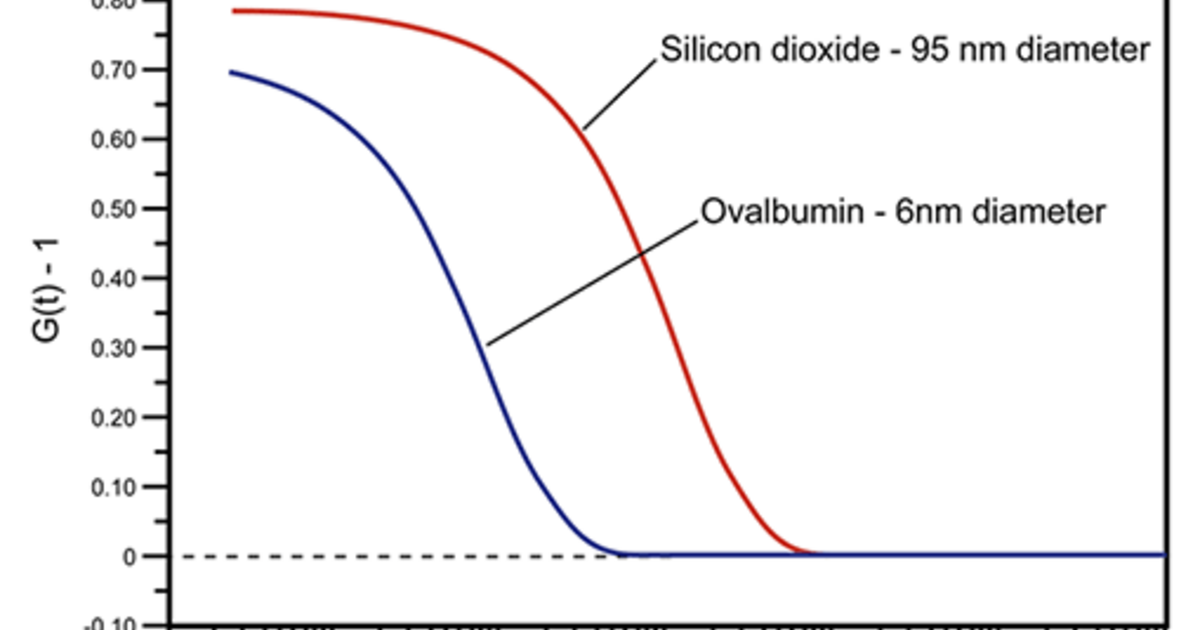

Due to the speed of the measurements, this effect can probably be overcome. In the case of plant cells, yeast, and some bacteria, this effect can be minimized because the cells can easily survive the duration of the experiments when suspended in low-conductivity solutions. Another limitation in biological cell suspensions may arise because of the high conductivity of the solution, which may cause heat generation and reduce the resolution of DDLS. The formation of pearl chains may be avoided by applying a field lower than the threshold value that is required for their formation and/or completing the measurement in a short time. Pearl chains can potentially complicate the interpretation of DDLS results, because they may form their own peaks in the FT. Another potential limitation is what is called “pearl chain formation,” a chaining of cells that occurs when the field strength is larger than a certain threshold value ( 7). In many cases, this could be mitigated by the choice of a wavelength at which the molecules do not absorb. In solutions of colored molecules, light absorption may contribute to heating of the solution. 2), the dielectrophoretic force is estimated to be on the order of 10 -13 N. For a typical experimental setup presented here and a g value of 0.5 (Eq. In the studies presented here, the electrode configuration and the applied voltages indicate that \(\begin\). Although the gravitational and dielectrophoretic forces vary with the volume of the molecule, the Brownian force changes as r -1, indicating that for larger particles, the dielectrophoretic and the gravitational forces are more dominant. The gravitational force, for a 1-μm-diameter particle or cell with a density of 1-1.05 kg/m 3, is also on the order of 10 -15 N. For smaller molecules, Brownian motion is an effective randomizing force, with values on the order of 10 -15 N. In solution, competing forces are gravitational (or buoyancy) and Brownian. Lorentzian functions, similar to exponentials, also lack discernible features that would aid in their resolution.įor DDLS measurements to be meaningful, the magnitude of the dielectrophoretic force must be larger than other competing forces acting on the molecules. Note that performing FT of the unmodulated C(τ) would not be of much assistance in resolving multicomponent DLS spectra (multiple exponentials), because the FT of an exponential function is a Lorentzian function. The shifts then are used to calculate the velocity of the macromolecules in the presence of the field gradient. The FT of the autocorrelation function obtained under electric field gradient would lead to determination of the frequency shifts due to the field gradient. The frequency shift indicates and is proportional to the velocity of the macromolecules under the dielectrophoretic effect. The frequency of the scattered light is again Doppler-shifted by the application of the electric field gradient. This bears implications on data analysis and interpretation: Modulation of a function in the time domain produces a shift in the FT in the frequency domain ( 19). The application of field gradient thus modulates the autocorrelation function. For a monodisperse system of particles, the heterodyne intensity time-domain autocorrelation function, C(τ), can be written as ( 16) From these coefficients, useful information can be obtained on the scattering molecules, primarily a measure of their sizes in solution. Time-autocorrelation functions are exponential, with time constants characteristic of the diffusion coefficients of the scattering species. Current DLS experiments measure the Fourier transform (FT) of these frequency shifts as the time-autocorrelation function of the intensity fluctuations. In the absence of other fields, the frequency shifts are proportional to the diffusion coefficients of the scattering species. The scattering volume is defined by the intersection geometry of the incident beam and the scattered light (as sensed by the detector). The frequency of the scattered light is Doppler-shifted because of the Brownian motion of the scattering macromolecules in the scattering volume. In a typical DLS experiment, a laser light impinges on a solution of macromolecules, and the intensity of the scattered light is measured at an angle, θ.


 0 kommentar(er)
0 kommentar(er)
